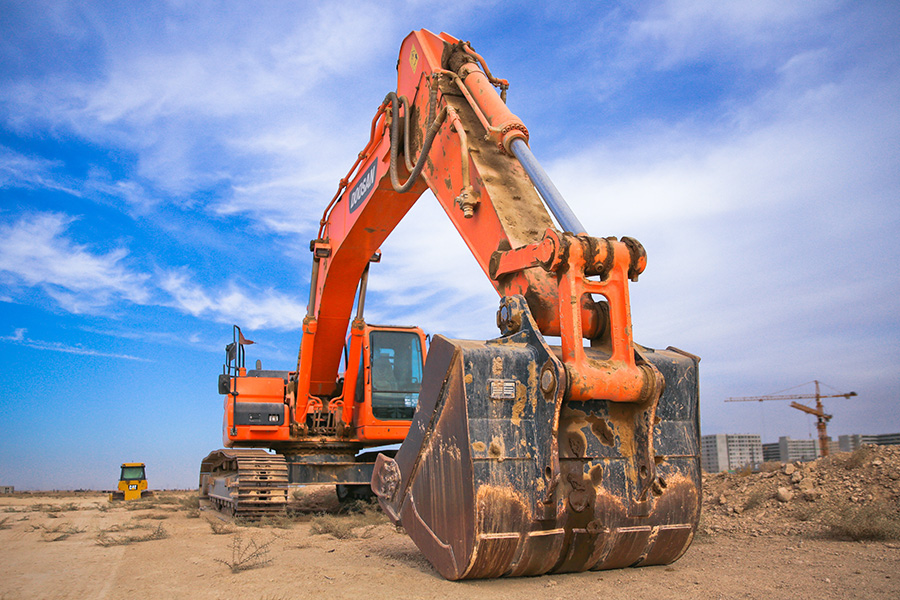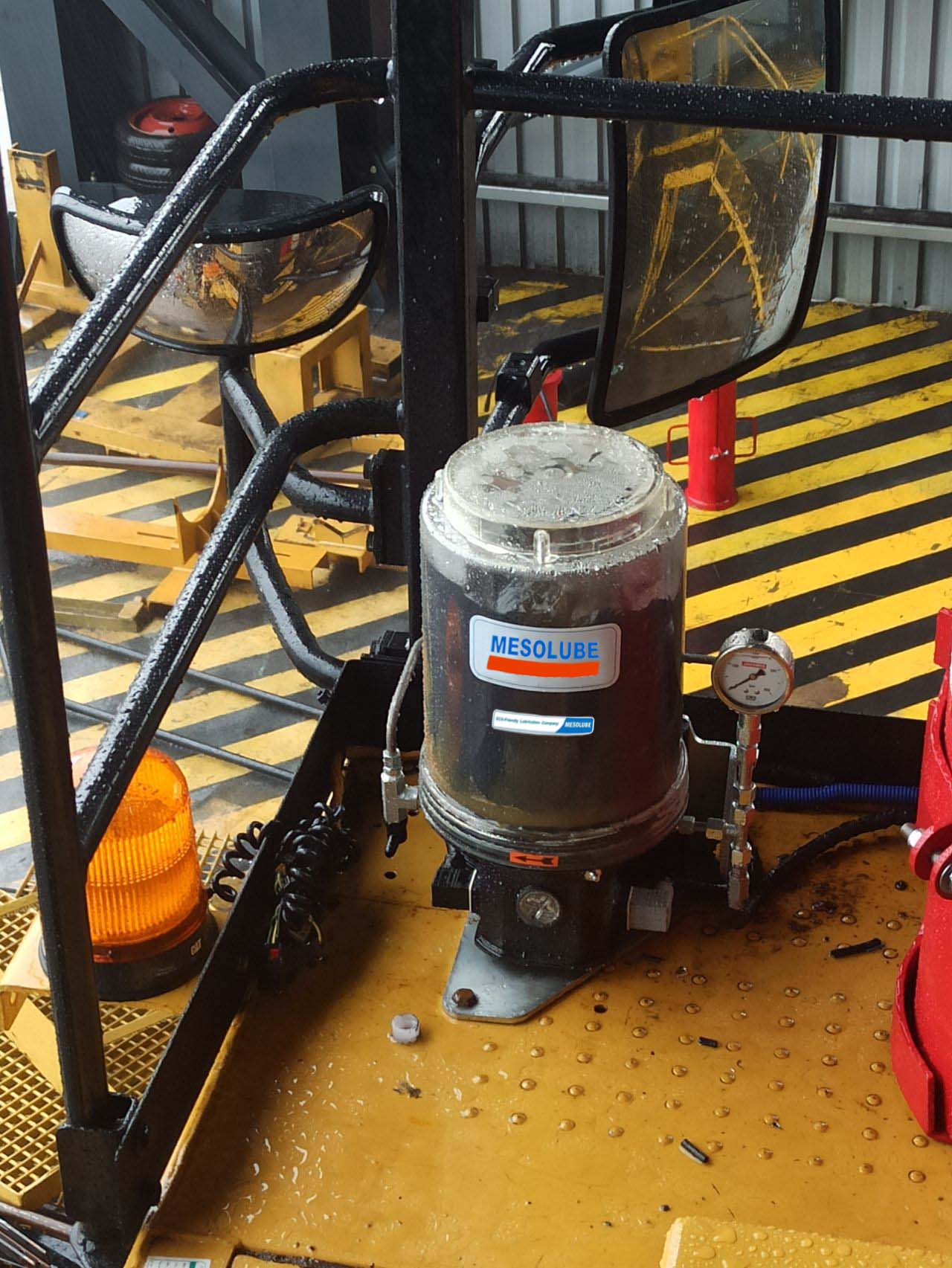Choosing a grease lubrication pump for an excavator depends on several factors, such as the type and size of the excavator, the number and location of the lubrication points, the grease consumption and frequency of lubrication, the environmental conditions and the budget. Here are some general guidelines to help you choose a suitable grease lubrication pump for your excavator:

- First, you need to determine the type of lubrication system you want to use for your excavator. There are two main types of centralized lubrication systems: injector-based and series progressive. Injector-based systems use metering valves that inject a fixed amount of grease to each lubrication point, while series progressive systems use metering blocks that deliver grease to each lubrication point in a sequential manner. Injector-based systems are more flexible and can handle different grease requirements for each lubrication point, while series progressive systems are more reliable and can be easily monitored and controlled.
- Second, you need to select a pump that can provide enough grease flow and pressure to meet the lubrication demands of your excavator. The pump size will depend on the distance between the pump and the farthest lubrication point, the number of lubrication points, the diameter and length of the supply line, the grease viscosity and consistency, and the operating temperature and pressure. You can use online calculators or consult with lubrication experts to determine the optimal pump size for your excavator.
- Third, you need to choose a pump that can work with the power source and the control system of your excavator. There are different types of pumps available, such as manual, electric, hydraulic, pneumatic, or mechanical. Manual pumps are operated by hand and are suitable for small and simple lubrication systems. Electric pumps are powered by an electric motor and are convenient and efficient for medium and large lubrication systems. Hydraulic pumps are driven by the hydraulic system of the excavator and are ideal for heavy-duty and high-pressure lubrication systems. Pneumatic pumps are driven by compressed air and are robust and reliable for harsh environments. Mechanical pumps are driven by the rotating or oscillating motion of the machine and are economical and easy to install.
- Fourth, you need to consider the features and benefits of different pumps and compare them with your lubrication needs and budget. Some of the features and benefits you may look for are: simplicity, compatibility, reliability, effectiveness, monitoring, flexibility, efficiency, safety, and productivity. You can also check the reviews and ratings of different pumps from other users and experts to get an idea of their performance and quality.
